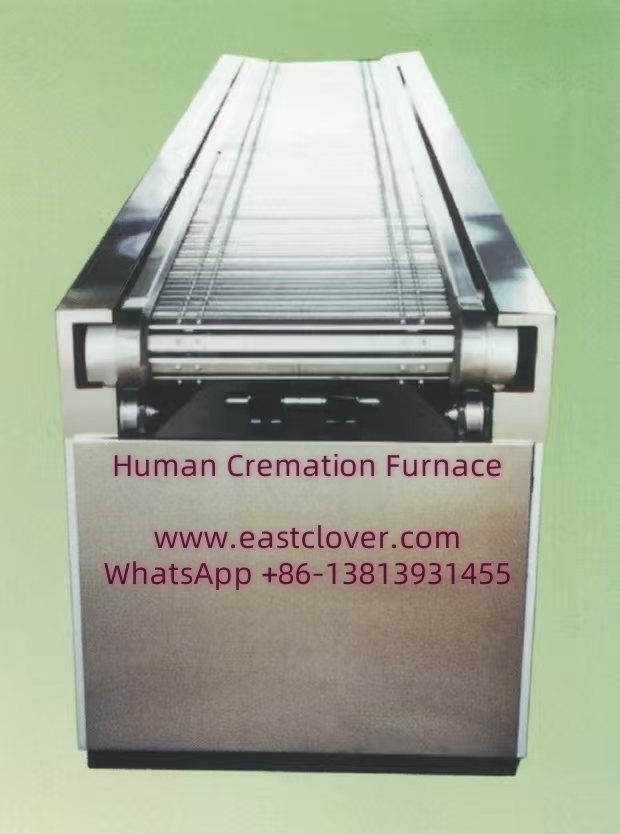Understanding Pet Cremation Furnaces
A pet cremation furnace is a specialized piece of equipment designed to respectfully reduce animal remains to ashes through high-temperature combustion. These furnaces are engineered to meet the unique needs of veterinary clinics, pet cremation services, and pet owners seeking dignified end-of-life solutions for their companions. This news explores the technical specifications, operational guidelines, and practical considerations for pet cremation furnaces, along with answers to common questions.
Technical Specifications of Pet Cremation Furnaces
Core Components
- Primary Chamber: The main combustion area, typically lined with refractory materials to withstand temperatures up to 1,800°F (982°C).
- Secondary Chamber: Ensures complete combustion of gases and particulates, reducing emissions and meeting environmental standards.
- Fuel Source: Most furnaces operate on natural gas, propane, or electricity, with gas models offering faster heating rates.
- Control Panel: Automated systems for temperature regulation, cycle timing, and safety monitoring.
- Afterburner and Filtration: Minimizes pollutants through catalytic converters or scrubbers.
Types of Pet Cremation Furnaces
- Individual Cremation Furnaces: Designed for single-pet cremations to ensure ashes remain uncontaminated.
- Communal Cremation Furnaces: Handle multiple pets simultaneously, often used in large facilities.
- Portable Units: Smaller, mobile furnaces for in-home or on-site services.
Performance Metrics
- Temperature Range: Operating temperatures between 1,400°F and 1,800°F for efficient combustion.
- Capacity: Ranges from 10 lbs (for small pets) to 300+ lbs (for large animals).
- Cycle Time: Varies by size; small pets may take 1-2 hours, while larger animals require 3-5 hours.
Practical Guidelines for Using Pet Cremation Furnaces
Selecting the Right Furnace
- Consider the average size of pets you plan to cremate.
- Evaluate fuel availability and cost (e.g., gas vs. electric).
- Ensure compliance with local emissions and safety regulations.
- Prioritize units with user-friendly controls and service warranties.
Installation and Setup
- Install in a well-ventilated area with fireproof flooring and walls.
- Connect to gas/electricity and exhaust systems per manufacturer guidelines.
- Conduct a test run to verify temperature stability and safety features.
Operational Best Practices
- Preparation: Place the pet in a combustible container (e.g., cardboard) to avoid metal residues.
- Loading: Position the remains centrally to ensure even combustion.
- Cycle Initiation: Set temperature and time based on pet size. Monitor the process for anomalies.
- Cooling and Ash Collection: Allow the furnace to cool before removing ashes. Use tools to separate bone fragments from non-combustible materials.
Maintenance and Safety
- Clean the primary chamber weekly to remove residual ash.
- Inspect refractory linings and seals monthly for wear.
- Train operators in emergency shutdown procedures and PPE usage (heat-resistant gloves, goggles).
Environmental and Ethical Considerations
Modern furnaces prioritize eco-friendly operations by incorporating secondary chambers and filters to reduce particulate emissions. Ethically, operators must ensure transparent practices, such as verifying individual cremations for pet owners and properly labeling ashes. Complying with standards like the International Association of Pet Cemeteries and Crematories (IAOPCC) instills trust and accountability.
www.southclover.com
Pet cremation furnaces blend advanced engineering with compassionate care, offering a dignified farewell to beloved animals. By understanding the technical requirements and adhering to operational best practices, users can ensure efficient, safe, and respectful cremations. Whether for a veterinary practice or private use, investing in a quality furnace supports both environmental stewardship and the emotional needs of grieving pet owners.
FAQs
How long does pet cremation take?
Duration depends on the pet’s size: 1-2 hours for cats/small dogs, 3-5 hours for larger breeds.
Are pet cremation ashes safe to handle?
Yes, processed ashes are sterile. However, use gloves during collection to avoid irritation.
Can I cremate multiple pets at once?
Only communal cremation furnaces permit this. Individual units separate ashes for single-pet integrity.
What regulations apply to pet cremation?
Local air quality standards, zoning laws, and IAOPCC guidelines often govern operations.
How are emissions controlled?
Secondary combustion chambers and particulate filters neutralize harmful gases and dust.

Comments are closed